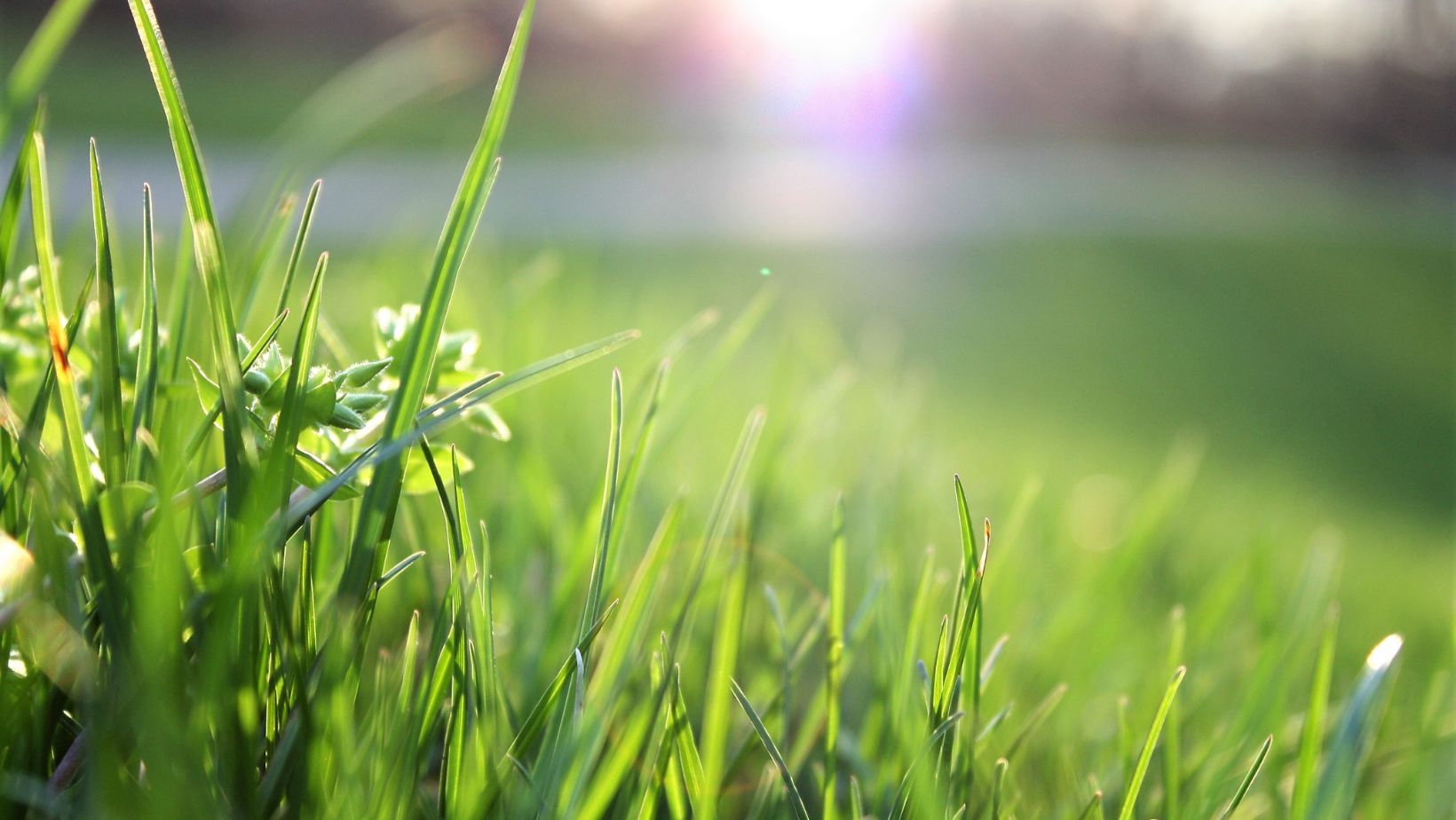Preventive Measures: How to Keep Kentucky Bluegrass Diseases at Bay

Kentucky bluegrass, with its lush green appearance, is a favored choice for lawns in many regions. However, like any other grass type, it is susceptible to diseases affecting its health and appearance. To maintain a pristine Kentucky bluegrass lawn, it’s crucial to understand and implement preventive measures. Here are some diseases that can affect Kentucky bluegrass and some practical solutions to keep your lawn disease-free.
Understanding Kentucky Bluegrass Diseases
Kentucky bluegrass is particularly vulnerable to the common fungal disease that thrives in cool-season turfgrass.
Powdery Mildew
Powdery mildew is recognizable by its powdery white substance on the green grass blades. It’s most prevalent during the late summer and early fall when the weather is cooler. This fungal disease can be exacerbated by a lack of air circulation, making it essential to address this issue on your lawn.
Brown Patch
Brown patches, on the other hand, manifest on affected turf as circular patches of dead, brown grass with a reddish-brown border. It often occurs in the summer and early fall when the weather is warm and humid. Adequate airflow and regular mowing can help prevent this disease.
Leaf Spot
Leaf spot disease causes small, dark-colored spots on the grass blades, which can merge to form larger patches of dying grass. Proper lawn care practices, including timely fungicide applications, can effectively manage leaf spots. However, avoiding overfertilization is crucial, as excess nitrogen can lead to more severe leaf spot outbreaks.
Summer Patch
Summer patch is a fungal disease affecting Kentucky bluegrass’s roots and crowns. It typically occurs during the summer and fall seasons, causing extensive damage to the turf.

Consider using a slow-release nitrogen fertilizer to combat summer patches, promote healthy root development, and reduce patch symptoms.
Necrotic Ring
Necrotic ring spot is another fungal disease that affects Kentucky bluegrass. It forms circular patches of dead grass on affected areas with tan centers and a healthy green ring on the outside. This lawn disease is more likely to occur in an environment with adequate air circulation and compacted soil. Proper aeration can help mitigate its impact by improving soil drainage.
Preventive Measures For Kentucky Bluegrass Diseases
Maintaining a healthy lawn is the first line of defense against diseases. Follow these essential practices:
Regular Mowing
Mow your Kentucky bluegrass lawn at the recommended height to ensure good air circulation and prevent disease development. Mowing during the cooler temperatures of spring and fall can be especially beneficial. Additionally, consider using a mower with a mulching feature, as finely chopped grass clippings can be a natural fertilizer, promoting overall lawn health.
Adequate Watering
Ensure your lawn receives adequate moisture, especially during dry periods. Avoid overwatering, as excessive moisture can promote fungal growth. Monitoring soil moisture levels is essential to prevent both drought stress and low soil moisture issues. To optimize watering efficiency, use a soaker hose or irrigation system and water your lawn early in the morning to allow the grass to dry before evening.
Fertilization
Apply a slow-release nitrogen fertilizer during the growing season to promote healthy grass growth and discourage disease. Be cautious not to overapply nitrogen, which can lead to excessive fungal growth. Moreover, consider soil testing to determine your lawn’s nutrient needs and tailor your fertilizer application accordingly.
Disease-Resistant Cultivars
Consider planting disease-resistant Kentucky bluegrass cultivars on your lawn. These varieties are less susceptible to common fungal diseases, making them an excellent choice for residential lawns.

Additionally, diversifying your grass types by incorporating perennial ryegrass or tall fescue can further reduce disease susceptibility. However, ensure that these grasses suit your local climate and soil conditions.
Avoid Poor Air Circulation
Proper air circulation is essential to preventing the development of lawn fungus. Prune overhanging trees and shrubs to allow more air to flow through the grass. Regular aeration, typically done during the growing season, helps alleviate compacted soil and improve air circulation.
Good Soil Management
Maintain well-draining soil with organic matter to prevent waterlogged conditions favoring disease development. Testing your soil’s moisture levels and amending them as needed can help maintain an optimal balance. Additionally, regularly monitoring the pH level of your soil can help ensure nutrient uptake efficiency, further supporting a healthy lawn.
Timely Fungicide Applications
Consider fungicide applications in severe cases or when disease symptoms are evident in the affected plants. Consult with a lawn care professional for guidance on appropriate fungicides. Fungicides should be used as a last resort when other preventive measures are unsuccessful. Always follow the manufacturer’s instructions for application and safety precautions.
Last Words
Maintaining a lush and healthy Kentucky bluegrass lawn requires vigilance and proactive measures. By following proper lawn care practices, choosing disease-resistant cultivars, improving air circulation, and timely disease management, you can keep Kentucky bluegrass diseases at bay and enjoy a vibrant, disease-free lawn.
What's Your Reaction?
Deepak is a lover of nature and all things sporty. He loves to spend time outdoors, surrounded by the beauty of the natural world. Whether he's hiking, biking, or camping, Deepak enjoys being active and in touch with nature. He also loves to compete and push himself to his limits. Deepak is an avid cyclist, runner, and swimmer. He has competed in several triathlons and marathons, and is always looking for new challenges to take on.



